UPDATED REVIEW –April 15, 2014 – NOT RECOMMENDED – Playing on digital pianos that have a fairly realistic piano key action touch, dynamic response, & good piano tone is what every digital piano shopper is looking for. However, just because a digital piano has a good appearance and the “specs” seem to suggest that it will play properly, does not mean that it will. The Williams Overture (left pic) and the Benjamin Adams DP400 (below left pic) digital piano fall into that category and I would not recommend them because they have big deficiencies in the way they play and sound. I refer to these models as PSO’s which mean “Piano Shaped Objects.” They look fine, but otherwise the similarities to a real piano are few and far between. They have 88-black and white keys like acoustic pianos so they are similar in that way too and the keys even have a bit of weight to them and move up and down similar to a piano. In fact, at times, the piano sound on these two digital pianos could be mistaken for a piano depending on your skill level and music experience. But in reality, regular acoustic upright or grand piano are complex organic wood instruments (with a total of 230 piano strings in a typical acoustic piano) and are not easy to duplicate in the digital piano world. Different digital piano manufacturers try to do it and some get very close to an acoustic piano, but the Williams and Adams do not get close at all, and I will explain why.
First of all, both Williams and Adams are not really piano manufacturers. They are created names by the Guitar Center retail music store (Williams) and the Sam Ash Music store retail company (Adams) and are actually made by unknown piano manufacturers in China. The names on these pianos sound American on purpose…to give the buyer the idea these instruments must be American in some way…but they are not… they are completely created and made in China. China is certainly not a bad place to make digital pianos as even a top brand like Yamaha makes many pianos in China. It’s the actual materials, construction & qualified labor, and specific design that separates a good piano from a bad one regardless of where they are made. Beyond that, these “private label brands” typically make Guitar Center and their on-line subsidiaries as well as Sam Ash Music more profit than many other digital pianos they sell and that’s likely a big motivator for them to carry and sell these pianos. That’s because they own the “piano labels.” As for the price, both of these pianos are advertised for $599 which is a pretty low price for a cabinet piano. They both have 15 sounds and are both 64-note polyphonic (how many notes can sustain at one time in mono (not stereo). One of the glaring problems I found when playing these pianos is how inconsistent and uneven the volume response was when playing the keys hard or softly (regardless of where you set the key touch sensitivity feature). Here’s a quote (below) from a review by a person who bought a Williams Overture that sums up the key action volume response problem pretty well:
“In manual it says you can adjust it (the key response volume), but honestly I didn’t notice much of a difference after trying to adjust. The same thing with adjusting piano touch sensitivity. It says there are 3 levels, standard, soft, and hard but in reality they all feel pretty much the same (very soft like most of the digital pianos) and like i said earlier, volume jumps up and down.”
| Williams Overture |
This is the problem with the key action volume response (aka: Dynamics)…it is not gradual and smooth like a real piano. When you press a key (especially multiple keys at the same time), the sound response like a toy piano in my opinion and not at all like a real piano and especially the better digital pianos brands (Roland, Yamaha, Casio, Kawai). Both the Williams & Benjamin Adams pianos are identical in this way. In fact in my opinion, you would be better off purchasing a less expensive Yamaha or Casio 76 or 88 key semi-weighted digital pianos because those instruments behave much better in that area. An additional volume issue with the Williams Overture/Adams DP400 is that when you slowly press the key down, the piano sound is triggered even before the key goes all the way down and touches the bottom. This is not how acoustic pianos work. There should be no sound and volume at all when the key is pressed all the way down on a digital piano until you apply enough pressure for the key contact to trigger a minimum volume. In other words, the volume is triggered too early and unnaturally on these pianos when the key is pressed down and this can create bad playing habits for students or just throw off natural key volume expression. This issue is not found on Roland, Kawai, Casio, or Yamaha digital pianos.
| Williams Overture |
When it comes to learning how to play piano, you need the right “tools” to create music in the proper way. It’s like using a screwdriver or pliers to tighten something; if they didn’t work correctly you might not get the desired result you want, or at least you’d have to compensate somehow to get the job done. The worst thing you can do for a piano student is to not give them the correct “musical tools” to work with. Your only doing potential harm to that student in their ability to play that piano correctly so they will sound good and enjoy the experience and be able to progress properly. Also, the keys have a unnatural (or heavy) upward resistance when trying to press the keys down lightly. It’s a very odd sensation and makes playing not only unnatural, but difficult for beginners who have to compensate for this by playing and pressing the keys in a way that they should not have to. Also, when the keys come back up when being played normally, they are somewhat noisy in this way and distracting, much more so than other brands of digital pianos (noisy keys). Beyond this, if you play the keys a bit harder and faster, when the keys go down they make a loud clunking sound like they are hitting wood below, especially when you are playing the piano at a quieter volume. This is particularly noticeable to other people when you are using headphones for private practice. All you hear is clunk, clunk, clunk when the keys are going down. If you don’t believe me, then try that for yourself and you’ll hear it…it’s very annoying. The name brands in this price range don’t have this issue except for Roland on one of its models.
Another negative thing about these two pianos is that the damper/sustain pedal (that’s the pedal on the right side of the 3 pedals – pictured left) is only “on and off” in its operation. That’s a negative thing if your a student trying to progress in their piano pedal playing or if they’re already a piano player. Damper/sustain pedals on digital pianos should have a “half-pedal” feature that allows for a half amount of sustain so that it’s not just on & off. There is no acoustic piano I have ever played that has just on & off damper/sustain pedal. But unless you were looking for this when trying out these pianos or didn’t know any better, you’d be stuck and you cannot change that. In the very beginning, using the pedal is not as important, and for very young small children, they cannot even reach the pedal. But it won’t be long until you need to use pedals and want it to function correctly, and your piano teacher (and eventually yourself) will be disappointed if your piano cannot function properly in that way having the half-pedal feature. The pedals themselves also feel quite cheap to me as far as the way they go up & down and I have seen this kind of thing before in other off-brand Chinese made pianos. Pedaling technique is important and having well made pedals is something a shopper should look for.
| Williams Overture |
These two pianos have a low $599 internet price for a good reason…in my opinion they have very low quality electronics put into a “nicer looking” cabinet although the cabinet structure and materials used to build it look and feel cheap once you really examine the pianos up close as I have. Please understand that this is my opinion, but as a musician, composer, and piano teacher for many years I want to give the best advice I can, but in the end you will have to make your own decision. If you really think you can get something for nothing (a good digital “furniture cabinet piano” for $599 or less), then buy it. In the case of the Williams & Adams pianos, if your expectations are very low and you are easily satisfied, then this may be good choice for you, although I would personally not recommend them at any price.
I recommend you look for a much better new digital piano in the lower price range (around $1000 or less) which would include the following: Yamaha P-105, Yamaha YDP142, Casio Privia PX150, Casio Privia PX350, Kawai ES100, Casio Privia PX750, PX780, or Casio Celviano AP250. Also, I’d rather see someone purchase a slightly used Yamaha, Casio, Roland, or Kawai digital piano for less money than a new or used Williams Overture or Benjamin Adams DP400 piano any day of the week. Is there anything positive about these two pianos? Umm… they’re a cheap price and look fine and have 128 (unimpressive) instrument sounds each, but that’s about it. I wish I could be more positive about these Williams & Benjamin Adams digital pianos, but I can’t. I’m not surprised, however, that their are some good user reviews for this piano because most buyers (in general) have very little experience in playing real pianos and good digital pianos. People typically order a digital piano because it has an attractive cabinet and is a cheap price and beyond that, most people don’t know a good piano from an inferior piano. If you want a long term, satisfying experience playing a digital piano for under $1000, then do yourself a favor and look at a Yamaha, Casio, Roland & Kawai digital pianos because they are a much better option and are actual name brands with their own factories which use much better piano technology and have good resale value. Beyond that, a piano teacher will recommend them and be happy you bought one. Williams is not the only brand I don’t recommend because there are other similar pianos out there, so be careful when doing your research and your homework…and if you have questions, please contact me.
If you want more info on these pianos and lower prices than internet discounts, please email me at tim@azpianowholesale.com or call direct at 602-571-1864
* I recommend eMedia educational software. If you decide to make a purchase after clicking on link below, I have arranged a big discount for you direct with eMedia for their educational software and that discount price is displayed through this link only! I want to see everyone learn to play and enjoy piano!
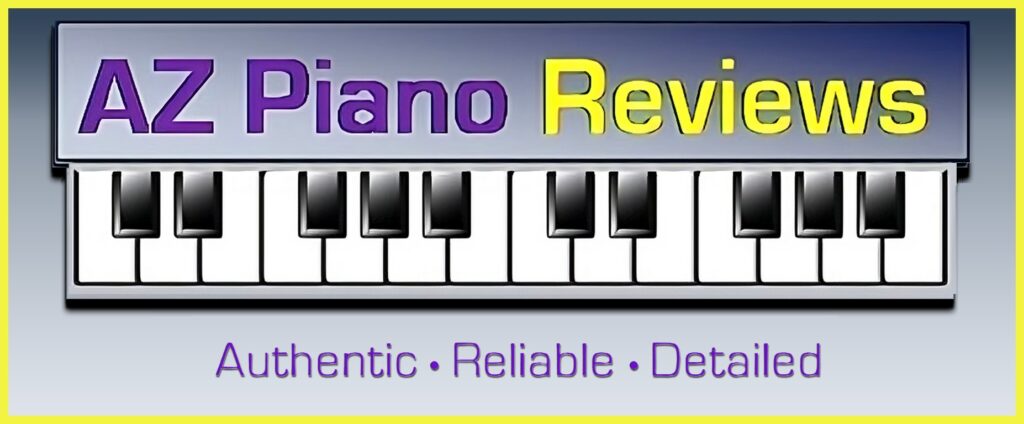



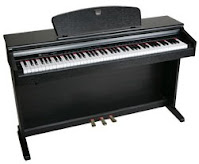


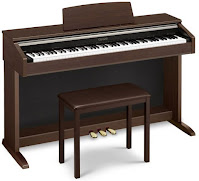
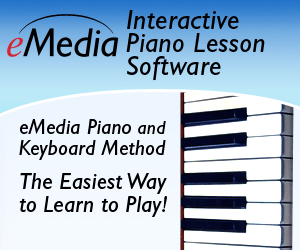


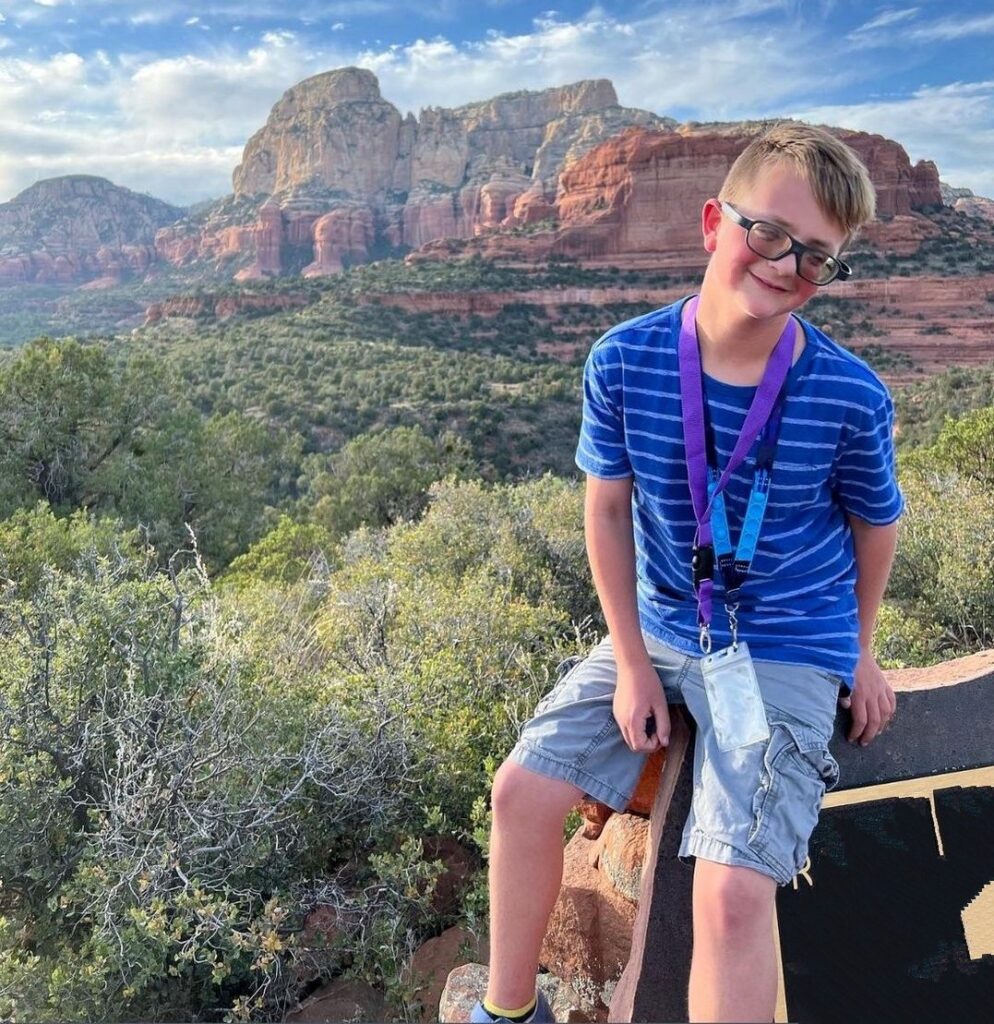
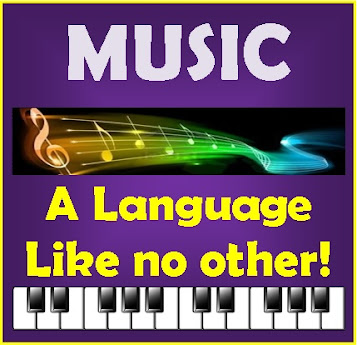
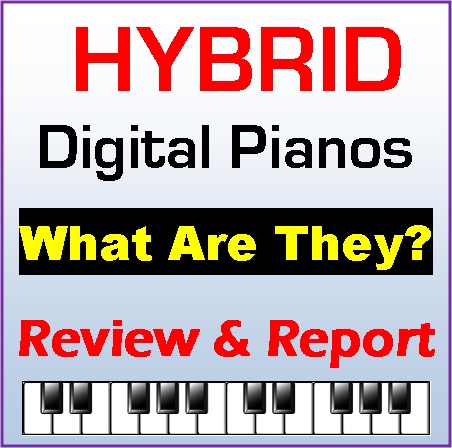
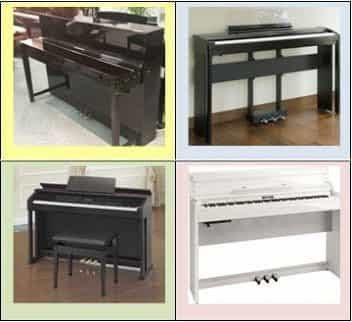
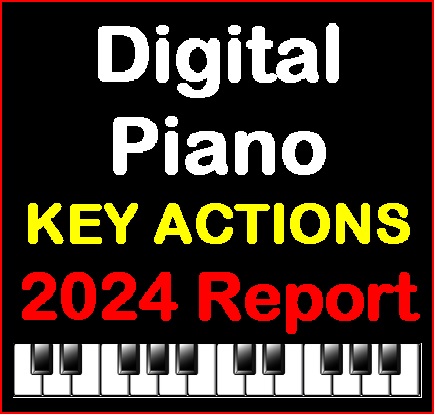
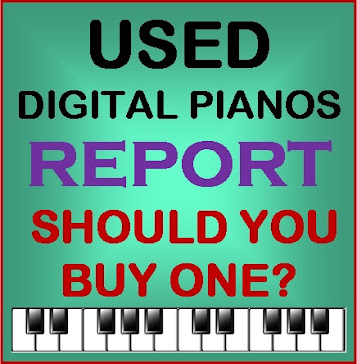
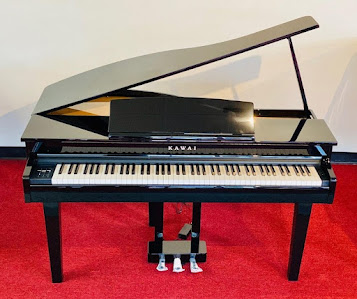
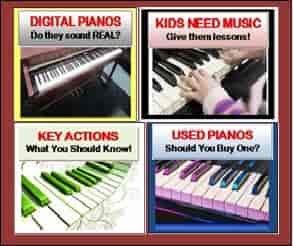
thanks for this article. we are looking for a digital piano and were wondering about this brand due to low cost. after reading this article, we will eliminate this brand from our options.
Very good write up,everything you said right on the money.I bought this piano online but due to the sound and feel I had to return this piano and eat the return shipping and bought me casio privia px-850,which according to you rated as best buy on their class
Thank you for this GREAT information. I am looking for a good instrument for my daughter to begin on and am learning as I go. VERY glad to happen upon this post before making a purchase that would not benefit her.
Thank you for this review, I was about to buy a a Williams piano, and though it was a Encore model (not an Overture, like the one of the review), this helped me to know more about the brand.
Excellent write up. You saved me from buying this brand. Thank you